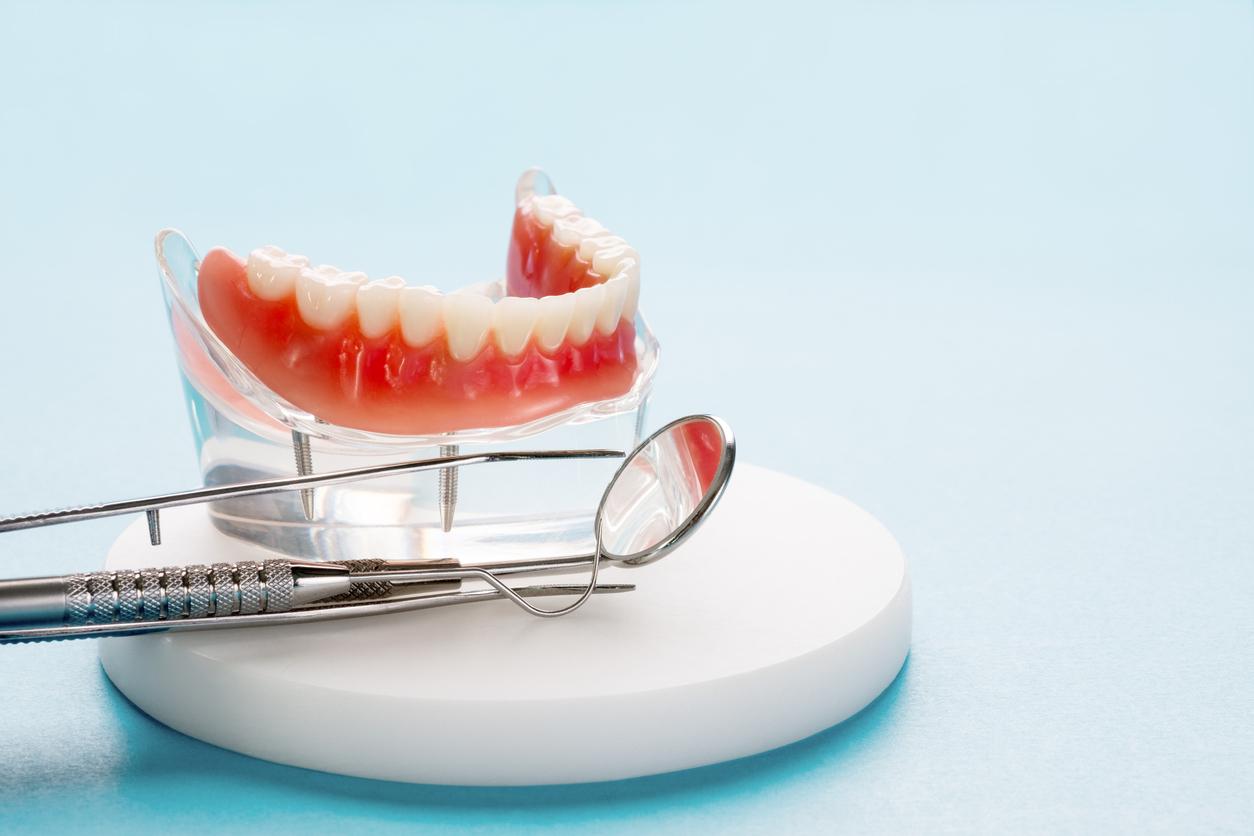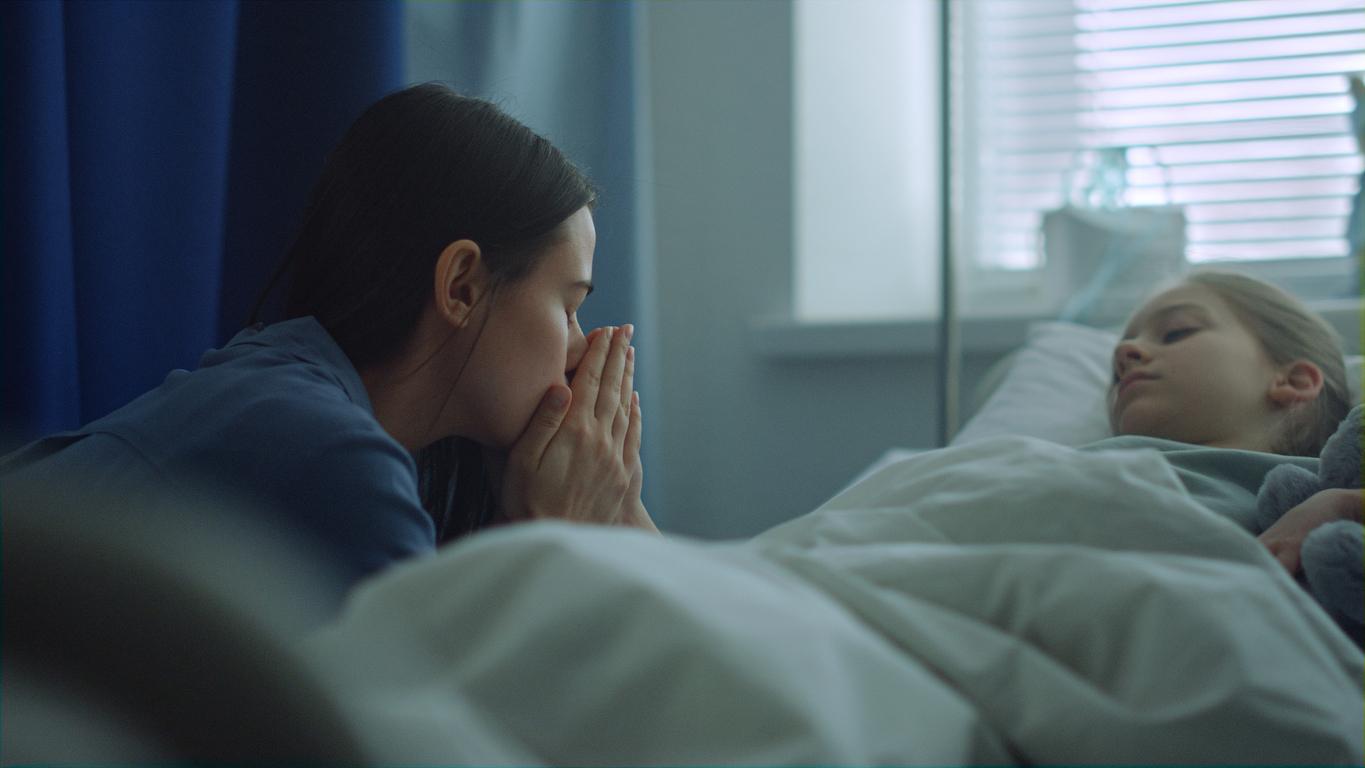What is vaginal yeast infection?
Do you know that the intimate flora is naturally made up of many bacteria? These include lactobacilli, which line the vaginal mucosa and act as a natural barrier to protect it. A fragile balance that is important to respect. Indeed, if you do not pay attention, vaginal yeast infection can develop.
The fungus is a fungus, most often Candida albicans but sometimes also Candida glabrata. Its presence can be diagnosed by symptoms such as redness and itching, often associated with discharge resembling curdled milk. Certain factors are known to favor it.
Vaginal yeast infection: the contributing factors
Anything that destabilizes the vaginal flora can cause the development of a yeast infection. To be banned in particular: an excess of personal hygiene, the use of unsuitable soaps or the wearing of too tight clothing which can cause its appearance. (See our article 3 homemade soap recipes to make yourself)
Other factors that can promote the development of a yeast infection: pregnancy, the menopause, the diabetes, the taking antibiotics, trips to an exotic country, excess sport or even the heat. In these cases, it is important to follow measures in order to avoid it.
Vaginal yeast infection: how to avoid it?
To prevent a vaginal yeast infectiondoes not develop, some simple gestures and reflexes may be sufficient. It is especially important to be gentle. Good reflexes: adopt a regular personal hygiene but not excessive (one shower every day, never more than two). To do this well, also use a gentle cleanser specially formulated for this fragile area or a soap with a mild alkaline pH, that is to say which respects the pH of the vulvar area. In general, it varies between 4 and 5.5. You can also make this toilet with plain water, quite simply.
Avoid douching, much too aggressive and which may destabilize the flora, rinse yourself thoroughly and dry yourself well after each toilet.
Vaginal yeast infection: how to treat it?
When the yeast infection is there, how treat her effectively? The usual treatment, which usually lasts around 3 weeks, is based on the application of anti-fungals, in eggs (to be inserted into the vagina) or in cream (to be applied once or twice a day on the vulva). This treatment can also be supplemented by taking tablets by mouth if necessary.
Note: the partner should also be treated if he is irritated. Our advice: even if the yeast infection is a benign condition, always consult your doctor or gynecologist in the event of specific symptoms. They can indeed be linked to other diseases including certain sexually transmitted infections (STIs) such as genital herpes.
Yeast infection is often confused with cystitis, find out the differences in our article How to tell if it is yeast infection or cystitis)
Read also
Vaginal infections: bad habits to avoid
Ovarian cancer: pay attention to intimate hygiene of the vagina
5 tips to improve your intimate comfort
Subscribe to the Top Santé Newsletter to receive the latest news for free

















